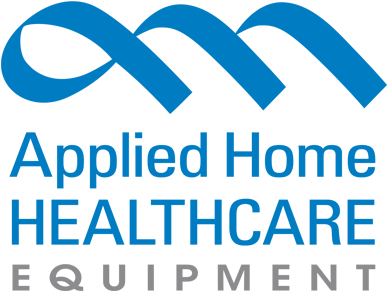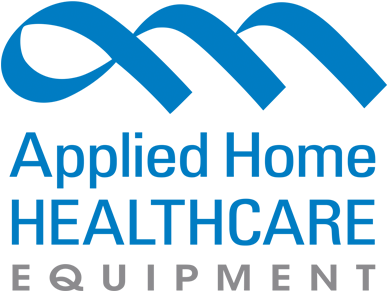PRODUCT CATEGORIES
CLASSES/REGISTRATION
WHAT'S YOUR ROLE?
Cylinder Valve Connections
Cylinder Valve Questions? Applied's Got Answers!
 Medical Oxygen cylinders are equipped with either CGA-870 or CGA-540 valves.
Medical Oxygen cylinders are equipped with either CGA-870 or CGA-540 valves.
Each gas and each different type of gas service has a unique connection assigned to it by the Compressed Gas Association (CGA). This connection system is designed to help reduce mix-ups involving compressed gases. We will explain the differences between the types of valves.
Post Valve Connections:
Require a tool of some sort to open the valve.
These connections are designed with a pin indexing system. The valve has holes drilled into it which allow pins installed on equipment designed for that specific type of service to fall into the holes when the equipment is mated together. For oxygen service this is a CGA-870 connection. This connection has two holes drilled below the valve opening which allows the corresponding pins on a piece of connection equipment to fall directly into the holes. If the equipment doesn’t mate properly, it wasn’t designed for oxygen service.
♦ CGA 870 is typically on smaller cylinders like M6, C, D and E.
There is usually a spigot type connection that turns to open the valve.
These connections are designed with a unique threading system for all types of gas service. The thread sizing, direction, and type of threading are designed differently for each gas service. The connecting equipment must have the proper type of threading to mate onto its corresponding valve. For oxygen service this is a CGA-540 connection. This connection consists of clockwise turning threads on a male connection. To connect to it requires clockwise threads on a female connection. If the equipment doesn’t mate properly, it wasn’t designed for oxygen service and should not be adapted.
♦ CGA 540 cylinders are typically on larger cylinders, like H and T.
You Might Also Like
Subscribe to our Newsletter
Get the latest regulatory info, accreditation news and exclusive discounts!
 View Cart []
View Cart []
